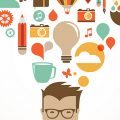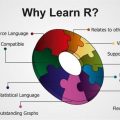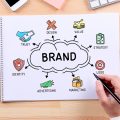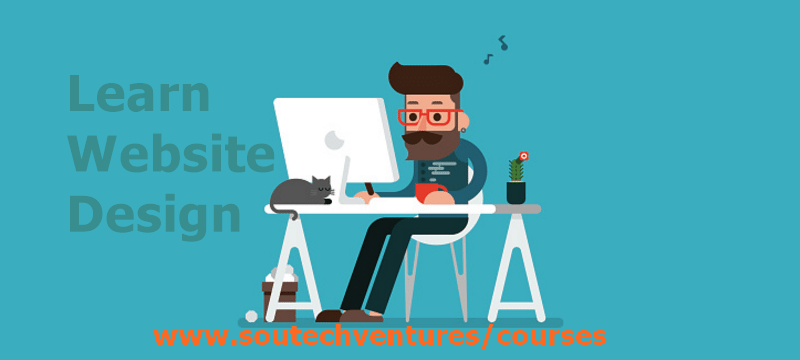- August 13, 2023
- Posted by: team SOUTECH
- Category: Blog, Development, Digital Marketing, Free 7 Days Course, Graphics and Branding, Graphics and Branding Training, Mobile App Development Free Training, Others, Project Management, Technologies
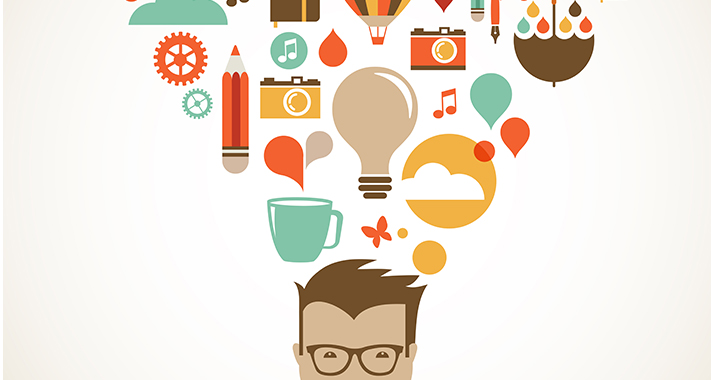
Step 1: Identify the problem
Title: The Foundation of Successful Product Design: Identifying the Problem
Introduction:
Every successful product begins with a clear understanding of the problem it aims to solve. In this article, we delve into the crucial first step of the product design process: identifying the problem. By gaining insights into the needs and pain points of your target audience, you can lay a strong foundation for creating a product that truly addresses their challenges.
Content:
Importance of problem identification: Understanding the problem is essential to ensure that your product design efforts are focused and relevant. We discuss the significance of thorough market research and user feedback in uncovering the real issues faced by your potential customers.
Market research: Dive into the world of market research, exploring techniques to gather valuable data on the target market, industry trends, and competition. Learn how to analyze this information to identify gaps and opportunities.
User feedback and empathy: Discover the power of empathy in product design. We explore techniques such as user interviews, surveys, and observational research to gain deep insights into the needs, desires, and pain points of your target audience.
Defining the problem statement: Learn how to craft a concise and clear problem statement that encapsulates the core challenge your product aims to solve. We provide practical tips on formulating a problem statement that guides your design process and keeps you focused.
Conclusion:
Identifying the problem is the crucial first step in the product design journey. By investing time and effort in thorough market research and gathering user feedback, you can gain valuable insights that will shape your product design decisions and increase the chances of creating a successful solution.
Step 2: Research and ideation
Title: Unleashing Creativity: Research and Ideation in Product Design
Introduction:
Product design is a dynamic process that requires creativity and innovation. In this article, we explore the second step of the product design process: research and ideation. By conducting thorough research and generating a range of ideas, you can set the stage for the creation of a groundbreaking product that captivates your target audience.
Content:
Market analysis: Understand the importance of conducting a comprehensive market analysis to identify trends, opportunities, and potential competitors. We delve into various research techniques, including desk research and data analysis, to gain a deep understanding of the market landscape.
Competitive analysis: Explore the significance of analyzing your competitors’ products to identify their strengths, weaknesses, and unique selling propositions. We provide insights into conducting competitive analysis and leveraging it to differentiate your product in the market.
Target audience analysis: Learn how to define and understand your target audience. We delve into techniques such as creating user personas, conducting user surveys, and using empathy maps to gain insights into your users’ needs, preferences, and behaviors.
Ideation techniques: Discover a variety of ideation techniques to stimulate creativity and generate innovative ideas. From brainstorming sessions to mind mapping and SCAMPER (Substitute, Combine, Adapt, Modify, Put to another use, Eliminate, Reverse) method, we explore methods to generate a diverse range of concepts.
Conclusion:
Research and ideation lay the groundwork for creating a unique and impactful product. By thoroughly researching the market, competitors, and target audience, and employing creative ideation techniques, you can unlock new possibilities and set the stage for an exceptional product design.
Step 3: Concept development
Title: From Ideas to Concepts: Nurturing Innovation in Product Design
Introduction:
In the product design process, ideas need to be refined and transformed into viable concepts. In this article, we explore the third step of the process: concept development. By selecting the most promising ideas and visualizing them through sketches, storyboards, or prototypes, you can bring your concepts to life and evaluate their potential.
Content:
Idea evaluation: Learn how to evaluate and prioritize ideas based on criteria such as feasibility, market demand, and alignment with your product vision. We provide insights into techniques like SWOT analysis (Strengths, Weaknesses, Opportunities, Threats) and decision matrices to make informed decisions.
Visualization techniques: Explore various visualization techniques to transform your ideas into tangible concepts. From rough sketches and storyboards to digital wireframes or mockups, we discuss methods to visually communicate your concepts and gather feedback.
Rapid prototyping: Discover the power of rapid prototyping in validating your concepts. We delve into techniques such as paper prototyping, 3D printing, or digital prototyping to create functional prototypes that allow for early testing and iteration.
Feedback and iteration: Learn the importance of gathering feedback on your concepts from stakeholders, potential users, or focus groups. We discuss how to incorporate feedback into the iterative design process to refine and improve your concepts.
Conclusion:
Concept development is a critical phase where ideas are transformed into tangible concepts. By carefully evaluating ideas, visualizing them through sketches or prototypes, and gathering feedback, you can nurture innovation and refine your concepts, bringing you closer to a successful product design.
Step 4: Prototype creation
Title: From Vision to Reality: The Power of Prototypes in Product Design
Introduction:
Prototypes bridge the gap between concepts and tangible products, allowing designers to test and refine their ideas. In this article, we explore the fourth step of the product design process: prototype creation. By building functional prototypes, you can validate your design choices, gather valuable feedback, and make necessary refinements before moving forward.
Content:
Purpose of prototyping: Understand the key reasons why prototypes play a crucial role in product design. From testing functionality and user experience to validating technical feasibility, we explore the multiple purposes prototypes serve.
Types of prototypes: Explore different types of prototypes, including low-fidelity and high-fidelity prototypes, and their respective advantages and use cases. We discuss the importance of selecting the appropriate level of fidelity based on your design goals and available resources.
Materials and tools: Gain insights into selecting the right materials and tools for building prototypes. Whether it’s cardboard, foam, or digital prototyping tools, we discuss options and considerations to help you create effective prototypes.
Iterative prototyping: Learn how prototyping facilitates an iterative design process. We delve into the concept of rapid prototyping, where multiple iterations are created and tested to refine the design and address any issues or shortcomings.
Conclusion:
Prototypes serve as tangible representations of your design ideas, enabling you to validate and refine your product. By understanding the purpose of prototyping, selecting appropriate materials and tools, and embracing an iterative approach, you can leverage the power of prototypes to enhance your product design process.
Step 5: User testing
Title: Putting Users at the Center: User Testing in Product Design
Introduction:
User testing is a crucial step in the product design process that helps designers gain insights into user behavior and preferences. In this article, we explore the fifth step of product design: user testing. By involving real users and collecting their feedback, you can validate design decisions, uncover usability issues, and make data-driven improvements.
Content:
Importance of user testing: Understand why user testing is essential in creating user-centric products. We discuss how user testing helps uncover usability problems, validate design assumptions, and gather valuable insights to enhance the user experience.
Test planning: Learn how to plan and structure user testing sessions effectively. We delve into considerations such as defining test objectives, recruiting participants, creating test scenarios or tasks, and preparing test materials.
Conducting user tests: Discover various techniques for conducting user tests, such as moderated or unmoderated usability testing, A/B testing, or eye-tracking studies. We discuss the advantages and considerations of each method and provide tips for facilitating effective user testing sessions.
Data analysis and iteration: Learn how to analyze the data collected from user testing and translate it into actionable insights. We explore methods such as qualitative analysis, quantitative metrics, and user feedback analysis to identify patterns and areas for improvement. Iterate on your design based on the findings to refine the user experience.
Conclusion:
User testing brings the voice of the users into the product design process, ensuring that your design decisions align with their needs and preferences. By planning and conducting user tests effectively and analyzing the data collected, you can make informed improvements and create products that resonate with your target audience.
To proceed to the next step, simply click the link provided below:

